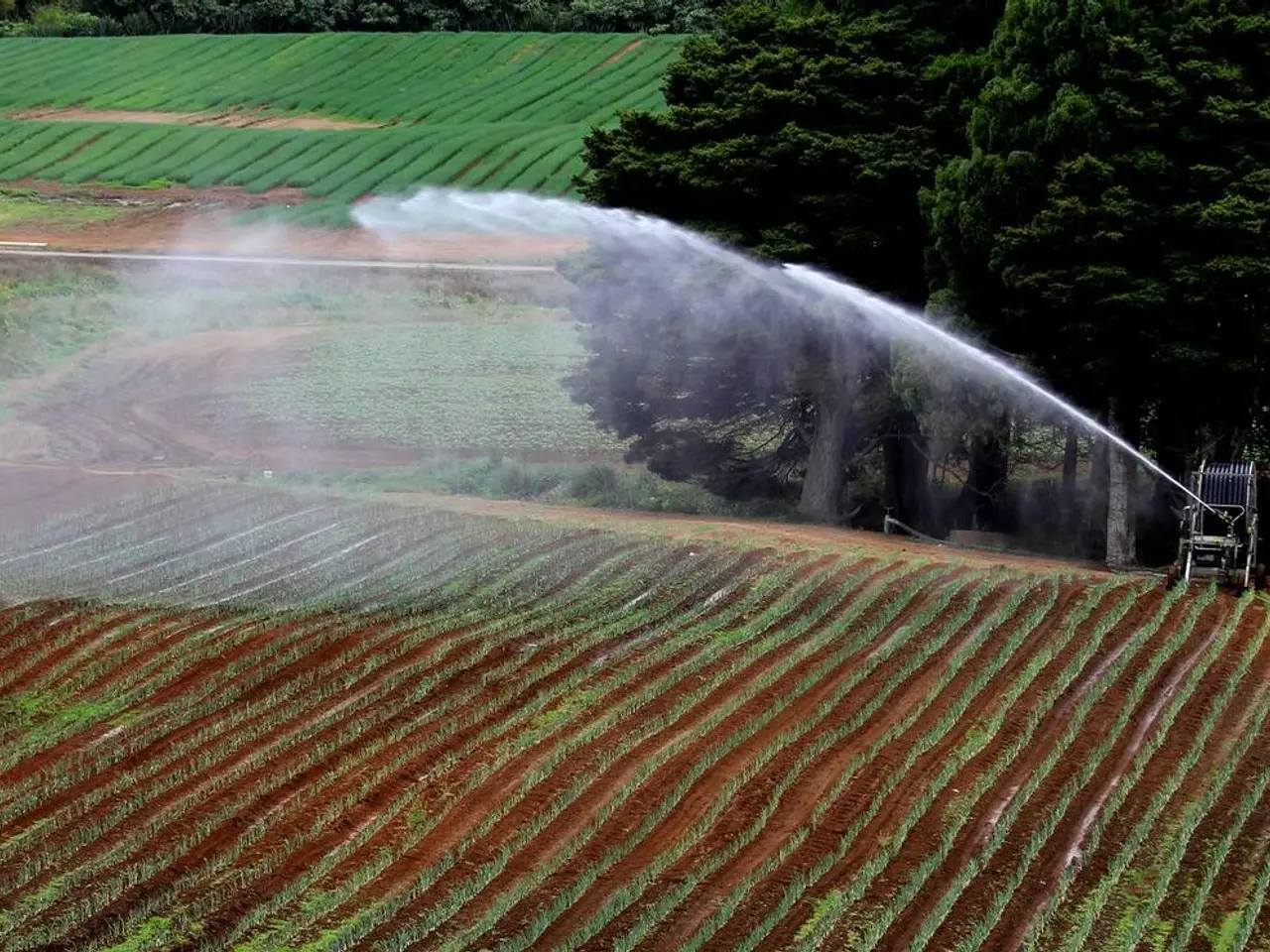Uncovering Schneider Electric's Criteria for a Plant's Successful Digital Transformation
Schneider Electric's Lexington Plant Embraces Digital Transformation
Schneider Electric's 66-year-old Lexington plant, known for manufacturing load centers and safety switches, has embarked on a digital transformation journey. The plant's long-established, successful Lean program, high degree of automation, and vertical integration made it an ideal candidate for this upgrade.
To shepherd this transition, the plant appointed a 'smart factory champion'. Following a digitization roadmap for the facility, this individual is responsible for coaching other manufacturing engineers on using new IoT systems and smart technologies.
A plant can only take maximum advantage of the data if it already has systems in place to share performance information. In the case of the Lexington plant, manufacturing engineers and a more technically oriented maintenance department serve as resources to the smart factory champion in the transition process.
The Lexington plant, named as a 4th Industrial Revolution Advanced Lighthouse and Sustainability Lighthouse by the World Economic Forum, has achieved significant improvements with the use of digital tools. These include a 20% decrease in mean repair time, a 26% energy reduction savings and 30% net CO2 reduction, a 30% reduction in water use, and a 5% reduction in downtime in the paint room.
However, not all plants may be suitable for digitization. Casares warns that a plant may be a problem child for digitization if it is underperforming, requires changes in the software code before adopting the tools, or if its homegrown tools are superior to the standard Schneider Electric toolset.
Successful digital evolutions depend on process and people, not technology. Key considerations for such transformations include network infrastructure, ease of IoT system installation, process, and people. It's important that candidate plants can map operator competencies like efficiency or defect rates to target the first, most important potential process improvements.
Schneider Electric developed a standardized set of plant digitization tools in 2017. The company needed to determine which of its North American plants would provide the best locations for successful adoptions of these tools. Eleven plants adopted the new digital tools immediately during their development, while half of the North American plants were skeptical and 10% were uninterested.
Casares advises starting with the basics like digitizing Overall Labor Efficiency (OLE) and Overall Equipment Efficiency (OEE) data before moving on to more complicated systems. Plants that already employ homegrown digitization systems may resist adopting standard toolsets out of concern that new systems might provide lesser results.
The decision-making process for choosing which plants to digitize serves as a roadmap for any manufacturer that wants to embrace IoT-based monitoring systems. This structured evaluation across process, people, and technology dimensions helps identify plants whose operational workflows, workforce, and infrastructure are aligned for successful IoT monitoring adoption.
The Lexington plant offers a robust template to develop a comprehensive digitization toolset applicable to a wide variety of machines. Casares suggests assigning the tasks related to smart factory programs to a performance leader or someone who leads continuous improvement programs.
[1] Plant Engineering [2] IndustryWeek [3] Schneider Electric [4] Automation World [5] Control Engineering
- With the advent of digital transformation, the finance sector might find advancements in the home-and-garden industry's manufacturing processes interesting, as sustainable living is becoming increasingly important in consumers' lifestyles.
- The technological advancements in data and cloud computing can significantly improve the efficiency of the manufacturing industry, as seen with Schneider Electric's Lexington plant embracing smart technologies.
- Innovations in technology and digitization have the potential to transform various industries, from manufacturing to finance, ushering in a new wave of energy efficiency and environmental sustainability.
- The Lexington plant's success with IoT systems highlights the potential for home-and-garden industry players to adopt similar technologies, aiming for a more efficient, greener lifestyle for consumers.




